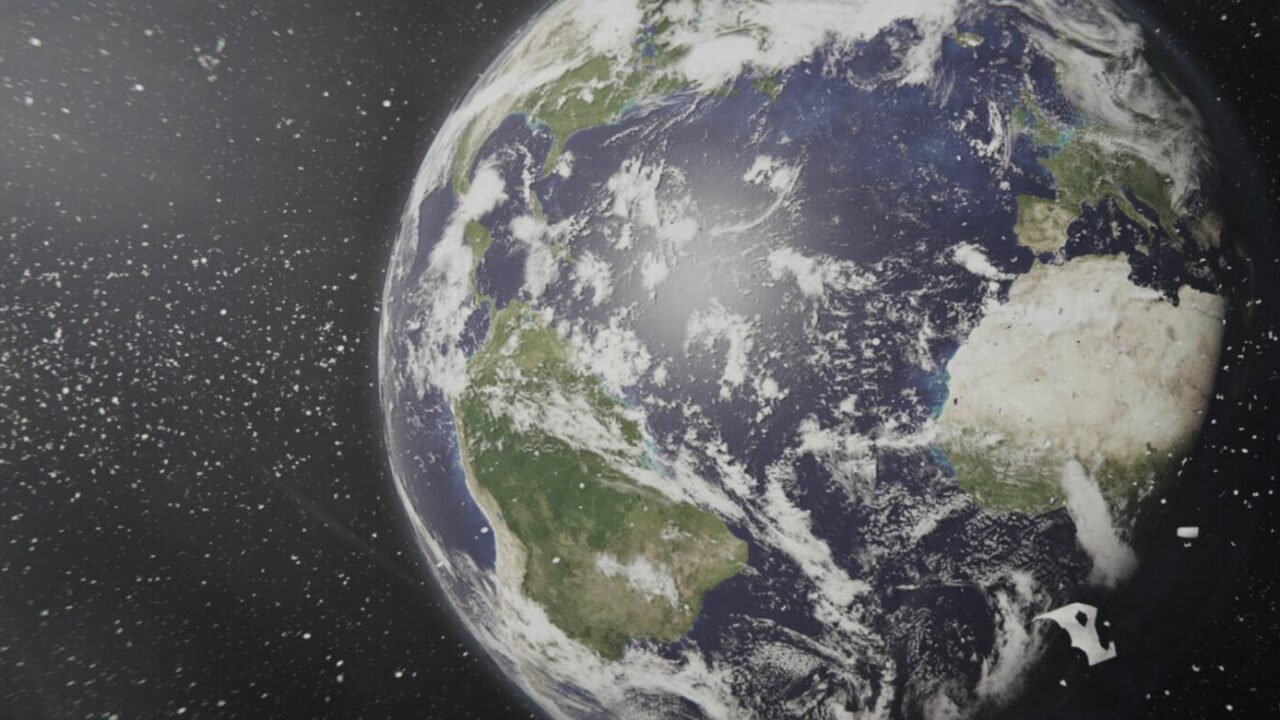In the increasingly congested space environment, with 28,000 satellites to be launched in the next decade, adding to over 6,000 already active ones and 130 million space debris (only 35,000 of which large enough to be tracked), growing sustainability concerns are causing regulators to implement stricter rules upon satellite operators to safeguard Earth’s orbits.
In the US, the Federal Communications Commission’s (FCC) is spearheading this trend with its proposed 5-year disposal rule, and similar initiatives are emerging in other countries. However, new regulations still lack ambition and enforcement means, due to difficult coordination in space, industry resistance, and unwillingness to constrain businesses (commercial satellites to account for 66% of satellites to be launched in the next decade).
Indeed, these new rules will cause additional costs for operators (pushing for more mobile and expensive satellites and lowering orbital shells), possibly prohibiting some. However, they will also bring new opportunities, in the form of emerging space sustainability markets. Ahead of them, commercial SSA data and services sales is expected to generate some $2.5B over the next decade according to Novaspace.
Space businesses to be impacted by space sustainability regulations
So far, only a few national regulators have taken steps to prevent space debris, primarily by mandating licensed operators to implement end-of-life orbital debris mitigation plans. In 2022, the U.S. FCC revised its licensing requirements to mandate U.S. operators and foreign entities entering the U.S. market to plan for the deorbitation of their spacecraft within five years of mission termination. This decision has spurred other U.S. entities to adopt similar approaches, with the Federal Aviation Administration (FAA) announcing plans to develop a comparable strategy for launchers.
In recent months, other countries have begun revising their own regulations more actively. France for instance, is currently revising its Space Operations Act and associated Technical Regulation, modifying the 25-year re-entry requirement to accommodate different types of satellite systems individually, differentiating between single satellites and constellations.
Discussions on space safety and sustainability are also underway at the European Union level, aiming at greater harmonization among Member States (although the adoption of the European Space Law was recently delayed). Similar initiatives may emerge in other regions of the world in the coming years, as an increasing number of countries incorporate space debris management and traffic regulation into their national strategies and legislation.

Still, regulation effectiveness will depend on the credibility of its enforcement mechanisms, as discussed in the newly released NASA’s Space Sustainability Strategy. One potential avenue is the imposition of financial penalties for non-compliance. Yet, these penalties must be substantial enough to deter violations, which is not currently the case. The FCC’s imposition of a mere $150,000 fine on DISH in 2023 for failing to move a defunct satellite to a higher orbit in 2023 illustrated the immaturity of enforcement mechanisms.
Another incentive system for operators may reside in administrative action such as potential suspension or revocation of licenses for launching, operating, or accessing spectrum, in case of irresponsible behaviors, stopping operators to use their satellites and make revenue.
Stricter end-of-life deorbiting delays will inevitably have a high cost for commercial constellation operators. They will likely need to redesign their satellite systems for deorbiting (adding mass and reducing delta v), and lower their orbital shells, calling for more satellites (and thus a larger investment) to achieve identical coverage.
New opportunities to stem from space sustainability regulations
In response to the challenges of orbital congestion and increasingly strict debris regulations, commercial solutions are making their way. Ahead of them, Space Situational Awareness is expected to account for $2.5 billion in revenue for commercial operators over the next decade according to Novaspace’s Space Logistics Market report. Governments, who today account for over 80% of SSA revenues for providers, will have a strong impact on the uptake of commercial SSA solutions looking forward, whether by procuring them directly to be redistributed as part of public services, or by regulating to force uptake of paying SSA solutions by commercial operators as a condition for licensing.
Meanwhile, the growing interest from sustainability-focused governments in removing space debris is driving commercial demonstrations of Active Debris Removal (ADR) solutions. However, ADR is likely to see few government orders only in the next decade, as it does not create a competitive advantage for its buyers and is very costly, resulting in low willingness to only, especially for commercial customers.
Other businesses may benefit from increasingly stringent space sustainability regulations, such as smallsat thruster manufacturers as stricter de-orbit rules call for increased satellite mobility. The need for lower orbital shells to facilitate deorbiting, requiring more satellites, which may increase order volumes for small satellite integrators. Finally, regulations may fuel business models focused on built-in deorbit means (drag devices, electromagnetic tethers, solar sales, etc.), which have been limited so far by operator reticence to change their design.

Conclusion
Despite growing awareness among governments and widespread sustainability wishful thinking, space sustainability regulations are still in their early stage, lacking definition and enforcement means. Regulators remain hesitant to impede the competitivity of their national commercial sector – highlighting much-needed international coordination.
Strong space sustainability regulations will be necessary in the rapidly deteriorating space environment, and will add constraint on commercial operators, although to what extent will only become clear once they have been implemented and tested. Meanwhile, however, they will create new opportunities for other actors in the value chain, dedicated to monitoring the space traffic or to help with end-of-life sustainable disposal.
Alongside space sustainability, governments are increasingly recognizing the impact of space activities on climate change and Earth ecosystems – along with the key role of satellites in monitoring the environment. Earth sustainability regulations will again add constraints on commercial cost structures and supply chains, but also create opportunities for commercial actors involved in climate monitoring (to be continued).

